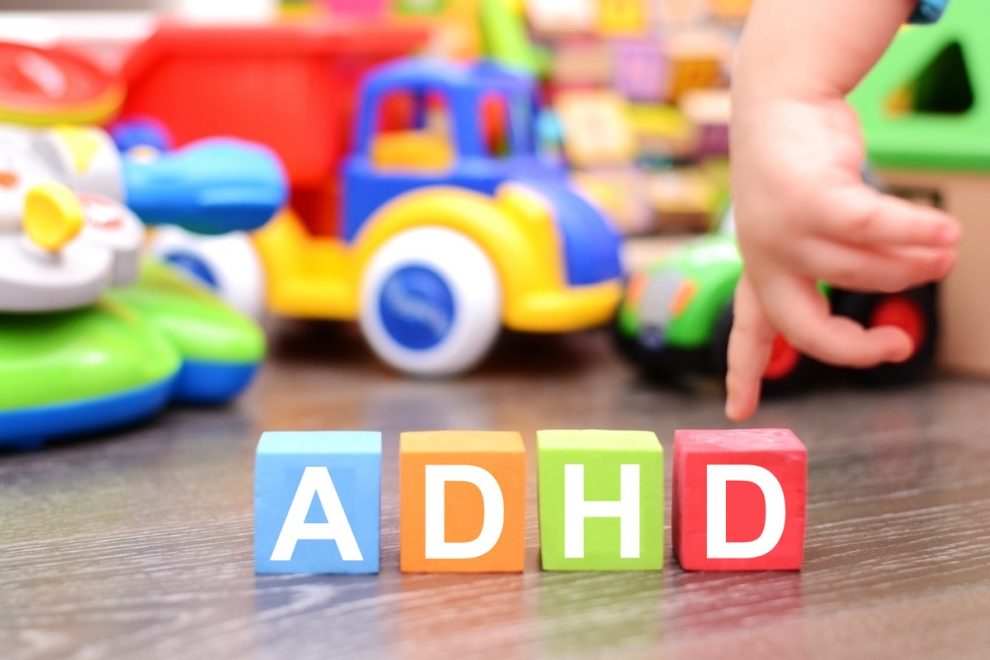The study, that has been printed in the Journal of the American Academy of Child & Adolescent Psychiatry, analysed data from a sample of girls and 1, 139 boys aged 10 years drawn from the Dutch Generation R Study cohort. Employing polygenic risk scores based on genetic data, the authors calculated each participants genetic susceptibility to five ailments and also two cognitive traits. The polygenic scores were calculated on the basis of the latest findings of genome association studies acquired from samples including tens of thousands of participants. Regression analysis was used to test associations between the polygenic risk scores along with the results of magnetic resonance brain imaging.

The results showed that the total volume of the brain tended to be larger from the kids with polygenic scores related to intellect or educational attainment. By comparison, in participants with greater risk of attention deficit hyperactivity disorder, the amount of the caudate nucleus, one of the structures that make up the mind, was smaller. Silvia Alemany, researcher at ISGlobal, lead author of the study, remarks: This finding is important because, although the association between ADHD and a caudate nucleus is now considered to be consistent findingthe mechanism is still poorly understood. Our findings from this study show that association might Be explained by genetic variations related to ADHD.” .
The analysis showed that the morphological differences from the caudate nucleus may, in part, explain the association between genetic risk of ADHD and attention issues, but this association wasn’t observed in girls. ADHD is more common among boys than girls and reasons for this gap are Being researched, explains Silvia Alemany. And our findings imply That the genetic variants related to ADHD might acts differently in the brain of girls and boys.” . Risk was calculated for five disorders: ADHD, autism spectrum disorders, schizophrenia, bipolar disorder, and major depression. ADHD was the only condition found to be significantly related to the quantity of almost any part of the brain. This study was based on data gathered at one particular point in the lifestyles of the participants explain the lead writer. More research is required involving measurement of the mind time to determine whether the polygenic risk of psychiatric disorders or cognitive traits is closely related to changes in developmental trajectories.”















Add Comment